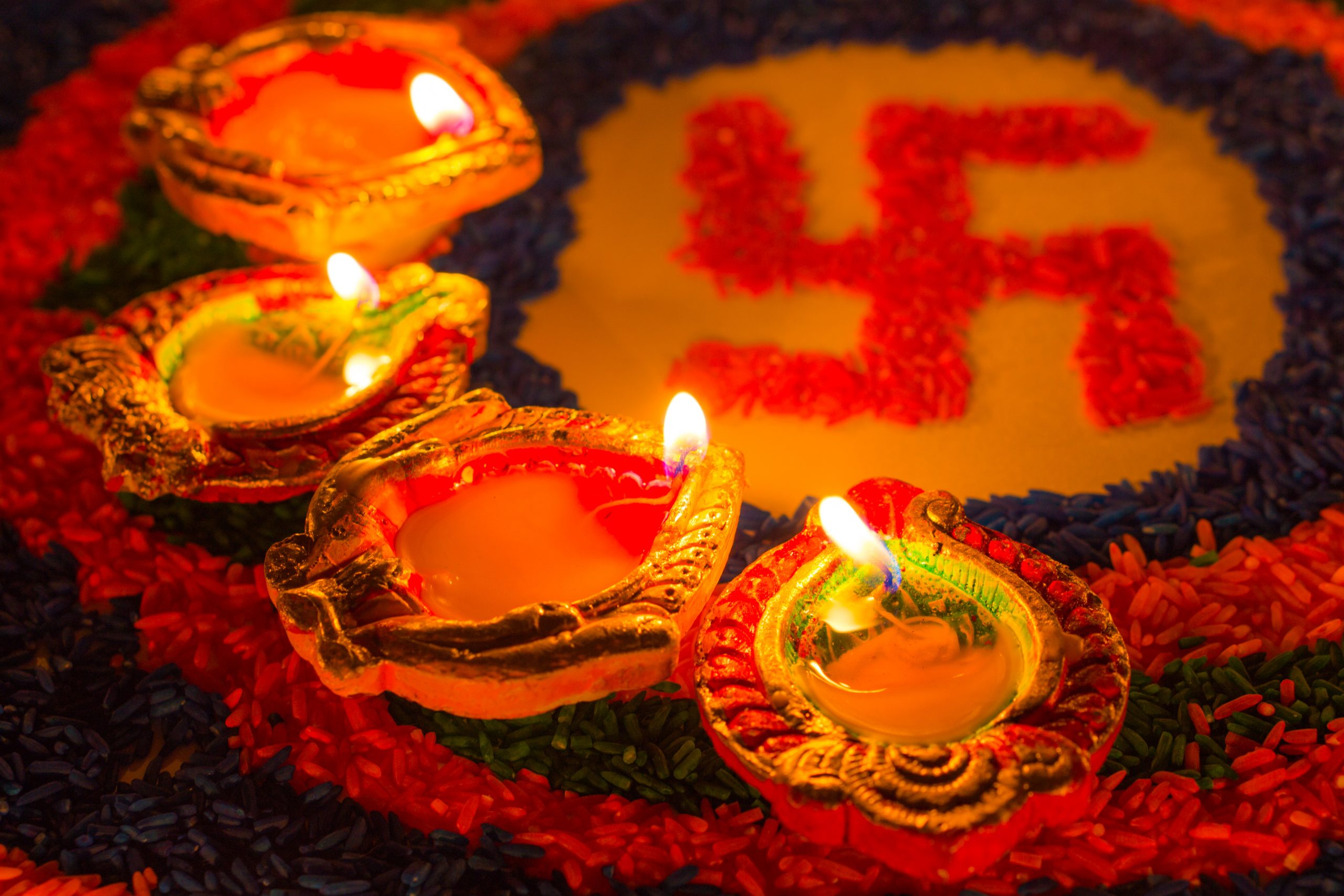2019-2020 was marked by political turmoil, terrorism, riots, and religiously motivated violence. Government authorities continued to discriminate against religious minorities and did not adequately respond to or prevent religious violence or harassment by non-state actors. (U.S. Department of State, 2020) The government also failed to address alleged war crimes stemming from the civil war between the Sinhalese dominated government and the Liberation Tigers of Tamil Eelam (LTTE), an ethnic Tamil separatist group, that ended in 2009.
There were continued reports of abuses by security forces and military occupation of thousands of acres of Tamil lands, especially in high security zones in the northeast (Aneez, 2020), while militant Buddhist groups fostered an atmosphere of intolerance and attacked non-Buddhist individuals and religious sites. The constitutional deference for Buddhism further marginalized Tamil Hindus and other minorities, rendering them second-class citizens.
There has also been a rise in Islamist extremism in recent years, highlighted by the Easter bombings on April 21, 2019 of three churches and four hotels that killed more than 250 people and injured over 500 by an ISIS affiliate group, National Thowheed Jamath. (U.S. Department of State, 2020) The terrorist attacks renewed ethnic and religious tensions in the country and led to retaliatory violence on Muslims in several districts in the Northwest of the country in May 12-13, resulting in the demolition of mosques and Muslim properties and the death of one person. The violence allegedly involved radical Buddhist monks and was encouraged by Sinhalese nationalist politicians. The Human Rights Commision of Sri Lanka accused the police of not preventing the violence or prosecuting those involved. (U.S. Department of State, 2020)
The April terrorist attacks helped the election of the Sinhalese nationalist Gotabaya Rajapaksa as the president and the Sri Lanka People’s Front (SLPF) in November 2019. Gotabaya, who was the defense secretary and oversaw the end of the Sri Lankan civil war, also appointed his brother and former president Mahinda Rajapaksa as prime minister. The return of the Rajapaksa brothers to power brought renewed concerns amongst the Tamil Hindu population of an increase in human rights violations, (Freedom House, 2020) and a greater role for Buddhism in governance with the appointment of a Buddhist Advisory Council to regularly meet with and advise the president. (Keenan, 2020)
The Rajapaksa brothers further consolidated their power when their SLPF party easily won a majority in parliamentary elections in August 2020, after running on a campaign of Sinhala-Buddhist nationalism thereby defeating “a more liberal, pluralist and tolerant vision of Sri Lanka.” (Keenan, 2020)







































